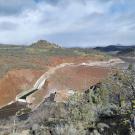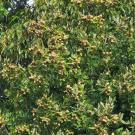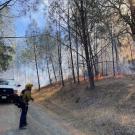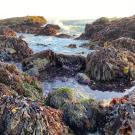Dam Removal
MS-LS2-1, MS-ESS3-3, CTE.EA.D.13.4, CTE.EEU.A.9.4, 7.VA:CN11, 7.VA:CR2.3, 7.VA:RE7.2, PROF.VA:RE7.1In this lesson, students will explore the purpose, function, and impact of dams, with a special focus on how they affect river ecosystems, salmon populations, and Native American communities in California. This lesson supports California State Standards MS-LS2-1: Interdependent Relationships in Ecosystems by examining how changes in water flow, temperature, and habitat caused by dams affect the balance of life in aquatic environments. It also connects to MS-ESS3-3: Human Impacts on Earth Systems by highlighting how human structures like dams can significantly alter natural systems—and how people can work to restore them. As well as looking at cause and effects through the lens of dams and river health. Students will begin by sharing prior knowledge and building key vocabulary related to ecosystems and dam removal. They will watch a short video featuring Indigenous leaders advocating for the health of the Klamath River and learn about the environmental and cultural significance of dam removal. The lesson emphasizes how dams disrupt the natural relationships between species—such as salmon and their spawning grounds—by blocking migration, increasing parasites, and reducing oxygen levels. Through the case study of the Klamath River, students will gain a timeline of environmental activism, tribal leadership, and collaboration among governments, nonprofits, and local communities that led to the successful removal of multiple dams. They will also analyze how art and protest have played powerful roles in raising awareness and calling for justice. By the end of the lesson, students will better understand the deep connections between human actions and environmental health, and how restoring ecosystems can involve science, policy, culture, and community efforts.



